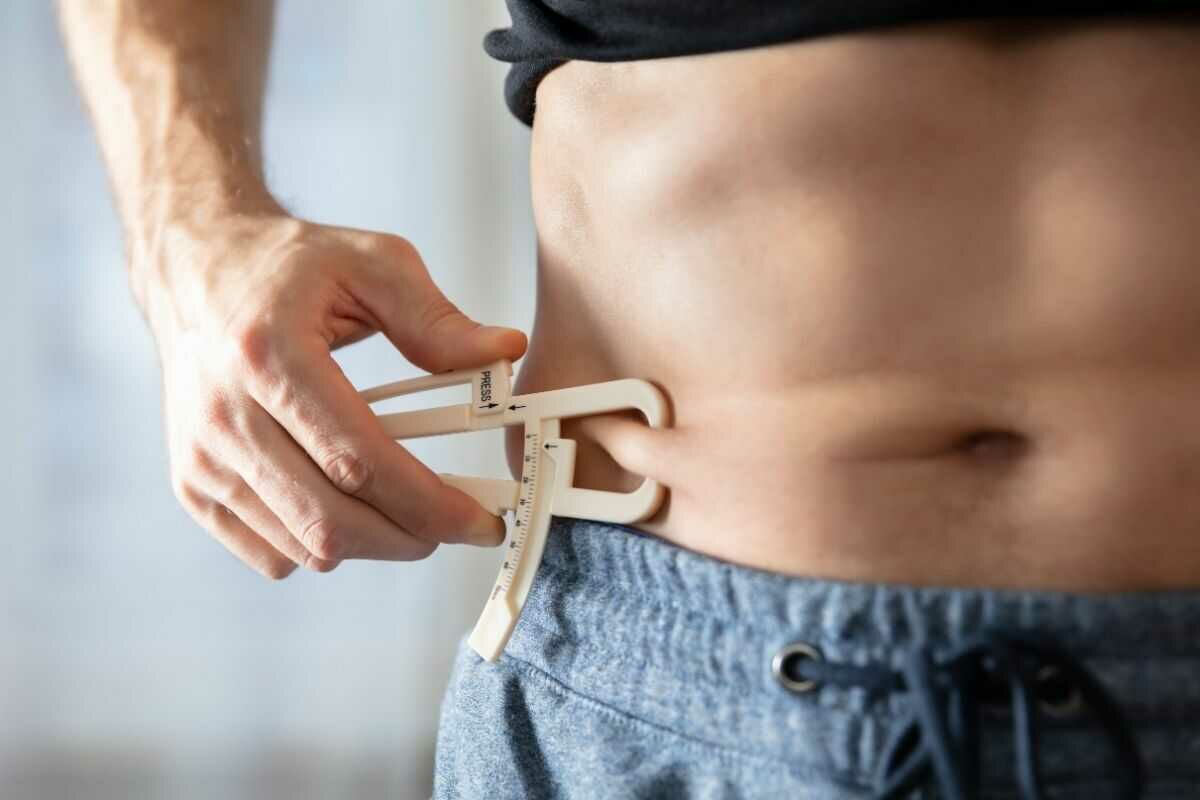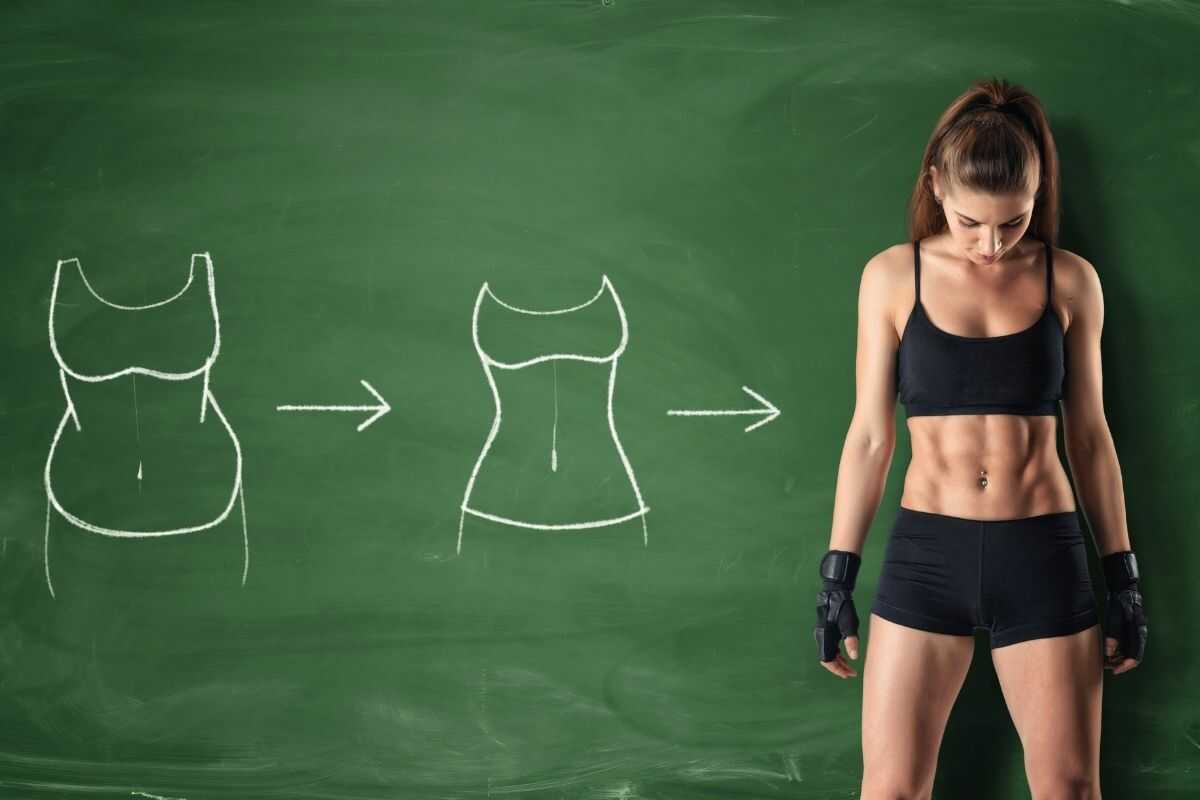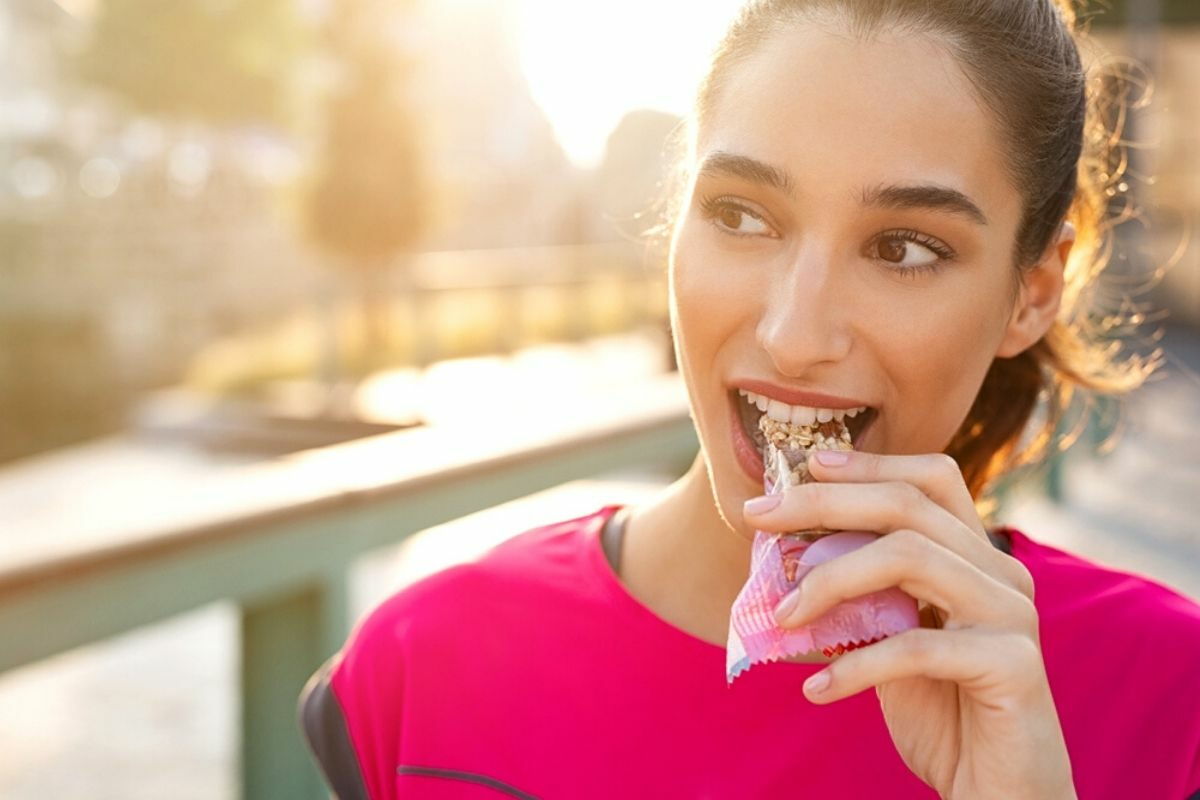Fat mass and lean mass

Before understanding how to increase lean mass at the expense of fat, let's see exactly what these two types of tissues that define our personal body composition are and how they differ.
Fat mass
Fat mass is literally the whole body fat present in the body. Also called FM (fat mass), it is broken down into primary fat and storage fat.
The primary fat is that contained in the bone marrow, spleen, kidneys and
central system. In women, it should never drop below 12-15%. A different matter is the percentage of primary male fat, which must not fall below 3-6%. Storage fat is simply our body's energy reserve. It is contained both in the bowels and in the subcutaneous layers, forming those rolls that often become our aesthetic worry.
Lean mass
Lean mass refers to the percentage of muscle present in the human body, including all internal organs and the skeletal system.
How to promote lean mass gain

We all want a percentage of lean mass higher than fat. What can we do to achieve this? The secret, as always, lies in diet and physical activity. Looking good is hard work, but don't despair! With a little goodwill, you will have the results you are looking for.
Let's see the elements to consider to maintain and increase lean mass at the expense of fat: the food plan, the level of physical activity, the distribution of meals and nutrients, integration.
1. The personalized meal plan
To eliminate excess fat, you need to think of the body as a machine. Calories and nutrients derived from food are the fuel you need to live but, as each body is a unique machine, there are individual differences that change with age, physical activity, and lifestyle in:
- energy consumption,
- basal metabolic rate.
Warning: drawing up a food plan for physical maintenance and an increase in lean mass must always be done with the help of a certified professional because every change has enormous consequences on the person's state of well-being. In the specific case of an athlete, a diet for the maintenance or increase of lean mass consists of a protein share that is divided into a percentage of 0.8 / 1.0 grams of protein per kg of body weight. The percentage is higher in the case of a bodybuilder or an advanced athlete, where the demand for proteins and amino acids increases.
The breakdown of the calorie and food plan should be divided on average into:
- Carbohydrates: 50-60%
- Fat: 20-30%
- Proteins: 10-20%
Over the years, the evolution of the concept of nutrition and the different disciplines have led to an imbalance of these original percentages, leading to the birth of many types of diets. Two of the most famous are:
- The ketogenic diet, for example, proposes an intake of proteins and fats in the face of a limited, if not almost non-existent, intake of carbohydrates (less than 30%).
- The paleo diet, in which the carbohydrate intake comes exclusively from fruit and vegetables, but not from cereals and legumes.
2. The distribution of meals

Another essential aspect for maintaining and increasing lean mass, to the detriment of fat, is the quantity and quality of the meals consumed in a day.
Three meals
I believe that anyone, regardless of the type of work or training they do, should divide their food intake into more than three meals. I do not agree with the famous "three main meals" (breakfast, lunch, and dinner) which skip breaks and let many hours pass between meals.
First of all because, by letting too much time between meals, we arrive at the next meal more hungry and with less control over food. Secondly, because a reduction in meals accustoms the body to a metabolic decrease.
By introducing a substantial meal three times a day the body gets used to consuming
that quantity in a standard way and goes in a "state of defense". It doesn't burn energy in an ideal way, but it settles down. Like a clock, it gets used to the rhythm we impose on it and begins to "rest", consuming nothing more than what it has been used to.
Five meals
By dividing your day into five meals instead, the body never stops working. The metabolism is always in motion and allows you to easily consume the calories introduced with food. The five meals help to:
- awaken the metabolism,
- promote the preservation and increase of lean mass,
- remove the feeling of hunger,
- get better physical performance,
- improve your energy level.
With this in mind, the idea is to eat several times a day, 5-6 times, without however doubling the number of calories we ingested in the three main meals, but by dividing it. Instead of perhaps having a second course or a dessert for lunch, decide to reserve an apple and yogurt, for example, for the 4 pm snack.
3. The breakdown of nutrients
According to the five meal approach that I propose to my clients, the main meals (breakfast, lunch, dinner) should contain all the necessary macronutrients (carbohydrates, proteins, fats) in the correct quantities, so as to give our body a complete meal.
I do not consider it an ideal choice, for example, to consume only a pasta with sauce,
perhaps accompanied by white bread. This type of lunch is a great way to promote the accumulation of lipids, the annoying "bacon"!
To obtain a lean and toned shape, it would be a good idea to shift your attention to natural, wholemeal, and high biological value foods, limiting the consumption of sweets, sausages, starchy foods (bread, pizza, etc.), sugary drinks, alcohol to a meal per week. It will be a sacrifice, but when the results arrive it will pay for itself!
4. The level of physical activity

The reality is that there is not a perfect diet for everyone. The key thing to choose the best for yourself is to evaluate your lifestyle, also in terms of the amount of movement and physical activity.
- High physical activity. Goal: 50-60% carbohydrates, 20-30% fats, 20-30% proteins (in case you need to improve a sporting performance).
- Average physical activity and maintenance. Goal: 45-50% carbohydrates, 20-30% protein, 25-35% fat (in case you want to maintain your body weight or tone up).
- High physical activity with fat loss. Goal: 15-30% carbohydrates, 30-40% fat, 30-30% protein (in case you want to focus on weight loss).
5. Integration
In addition to a balanced diet, to obtain good results, it would be a good idea to combine some supplements with meals.
In case we are looking for weight loss, we can include natural fat-burning thermogenic agents, which can accelerate fat loss. To drain stagnant liquids, however, we can use natural draining agents.
During a diet of any kind, the intake of vitamins and minerals would be recommended, considering the increasingly significant depletion in micronutrients of industrially produced foods.
Do you know any other methods to gain lean mass and decrease fat mass? Let us know in the comments!
References
-
Increasing lean muscle mass: nutritional and periodization strategies, August 2015BMC Sports Science Medicine and Rehabilitation 7(Suppl 1):O9, DOI: 10.1186/2052-1847-7-S1-O9
- Body Composition Changes in Weight Loss: Strategies and Supplementation for Maintaining Lean Body Mass, a Brief Review Darryn Willoughby, Susan Hewlings, and Douglas Kalman, Nutrients. 2018 Dec; 10(12): 1876. Published online 2018 Dec 3. doi: 10.3390/nu10121876
- Impact of Nutrition on Lean Body Mass and Exercise Recovery in Athletes Jeff S. Volek, PhD, RD, University of Connecticut, Storrs, CT
